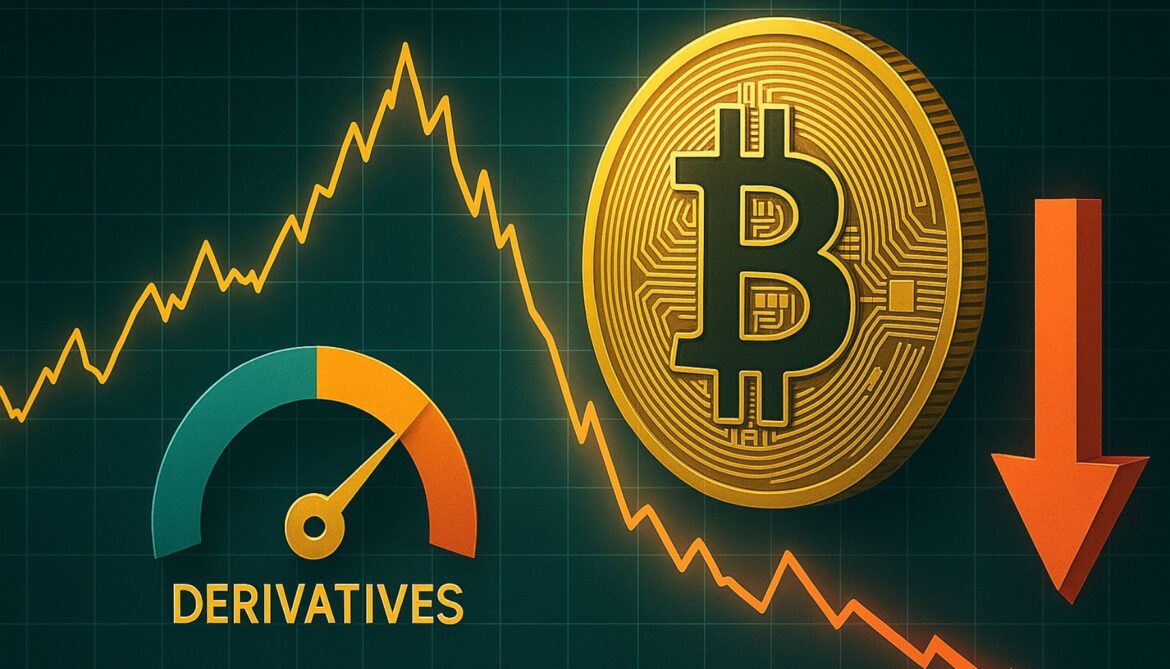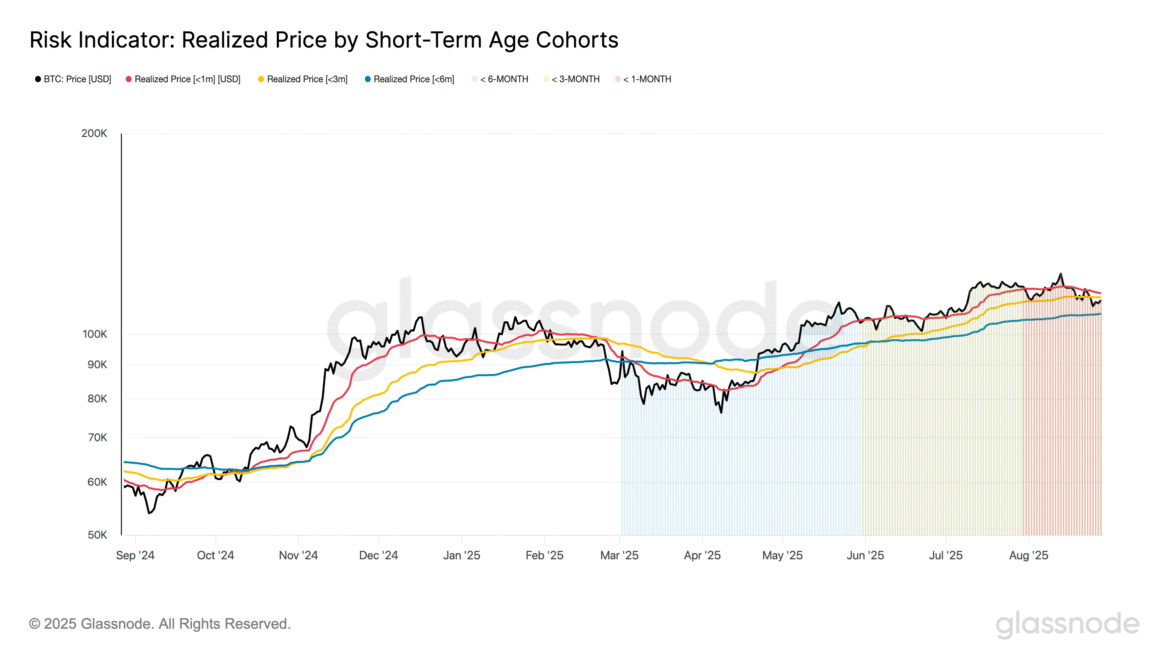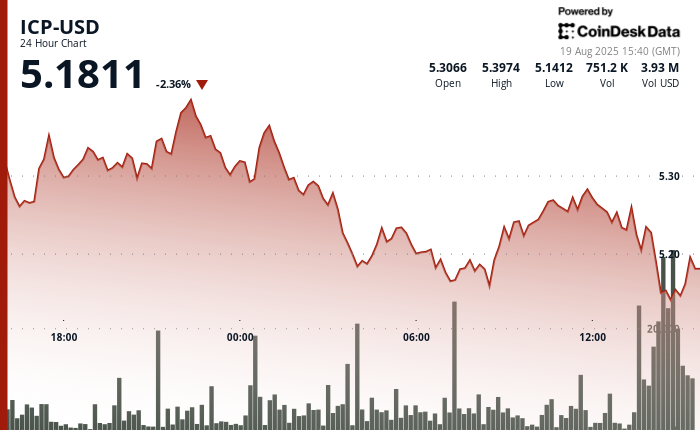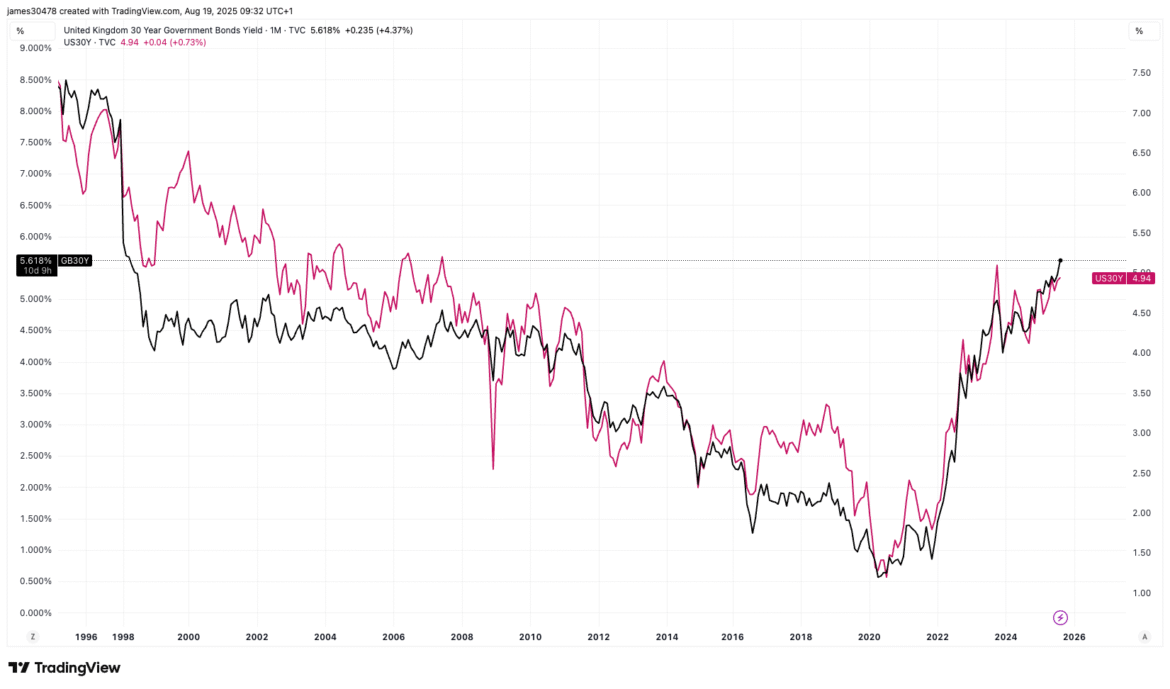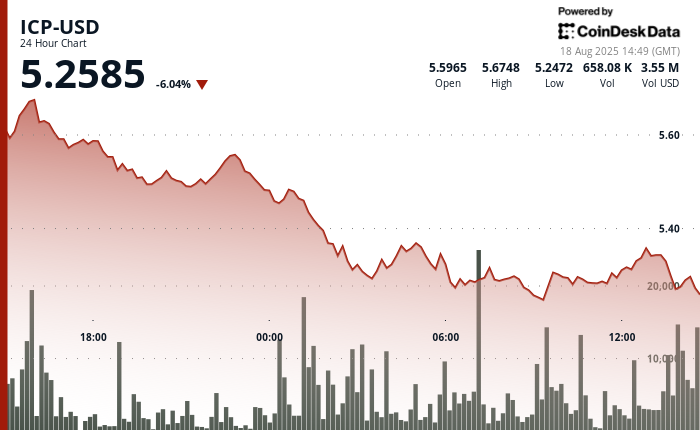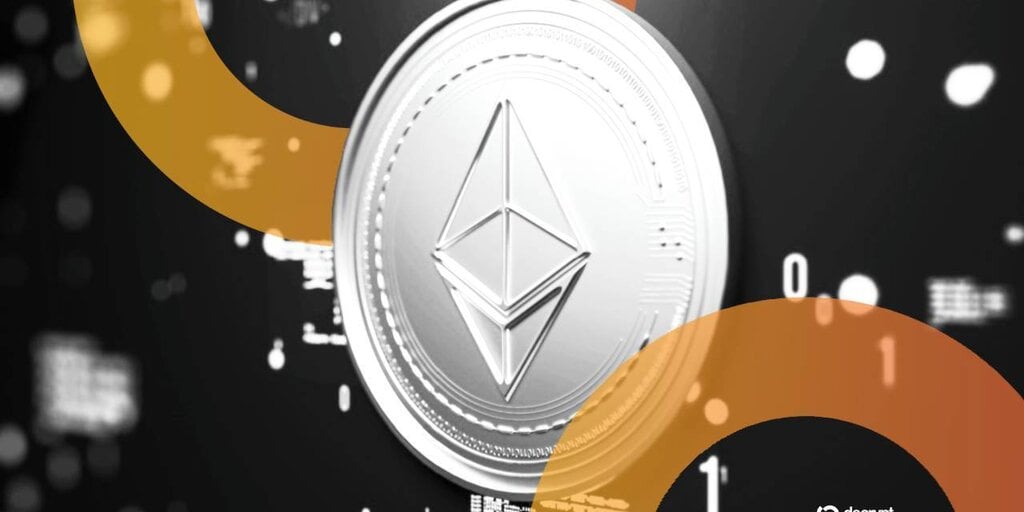Summary
- XRP is hovering around $2.85, struggling to gain traction as macroeconomic uncertainty weighs across crypto.
- Institutional demand is igniting optimism—CME XRP futures have topped $1 billion in open interest, signaling renewed faith from institutional players.
- However, bullish momentum remains fragile as the U.S. Federal Reserve’s shifting outlook on interest rates dampens sentiment.
XRP is trading just below the $2.85 mark after slipping in line with a broader crypto pullback. The token is consolidating inside a narrow range, caught between surging institutional demand and persistent macroeconomic headwinds.
Whether futures-led optimism can outweigh the dampening effect of U.S. Federal Reserve uncertainty will likely decide XRP’s next move.
Because the pattern’s resolution might decide whether XRP’s next significant move is toward new highs or back into deeper correction territory, traders and investors are keeping a careful eye on this setup.
XRP price prediction: current market conditions
At the time of writing, Ripple (XRP) is priced around $2.95, down roughly 5% over the past 24 hours. The token has been consolidating for several sessions within a well-defined band, with support at $2.85 and resistance at $3.05–$3.10.
XRP 1d chart, Source: crypto.news
This tight trading zone reflects a classic setup: buyers have repeatedly defended the lower boundary, while sellers continue to reject upward pushes near $3.10. Volume has cooled, indicating that traders are in a wait-and-see mode ahead of a decisive breakout.
Institutional support keeps bulls engaged
A surge of institutional activity has strengthened the bullish case for XRP. CME’s XRP futures recently surpassed $1 billion in open interest, the fastest milestone ever for a new crypto contract. Analysts note that the pace outstrips early adoption of both Bitcoin and Ethereum derivatives, a sign that XRP is being embraced by hedge funds and trading desks as a serious large-cap asset.
Speculation about a spot XRP ETF has added further fuel to the narrative, with some forecasting that regulatory clarity could unlock additional demand from pensions and asset managers. If XRP can break above $3.10, analysts see short-term upside toward $3.30–$3.40, with longer-term projections stretching as high as $5.00.
Interest-rate pressure clouds sentiment
Despite institutional flows, XRP remains vulnerable to macro forces. The Federal Reserve’s shifting stance on interest rates has created uncertainty across risk assets, with fading hopes for aggressive cuts weighing heavily on crypto markets.
Broader market weakness, led by Bitcoin and Ethereum, has also curbed enthusiasm. If sentiment deteriorates further, XRP’s ability to hold support could come under pressure. Analysts warn that a breakdown under $2.85 could trigger selling toward $2.66 and $2.50, with the possibility of deeper declines if macro headwinds worsen.
XRP price prediction based on current levels
XRP HTF support and resistance levels, Source: Tradingview
XRP’s immediate key range remains $2.85 to $3.10.
- Breakout above resistance → bullish continuation to $3.30–$3.40, with institutional demand creating room for further expansion toward $5.00.
- Breakdown below support → bearish pressure aiming for $2.66 and $2.50, confirming that macro factors are outweighing institutional optimism.
The current XRP outlook is cautiously neutral. Institutional adoption is stronger than ever, but interest-rate policy shifts continue to cap momentum. The expectation is for volatility to rise as this tightening range resolves in the coming sessions, setting the tone for September’s trend.
Disclosure: This article does not represent investment advice. The content and materials featured on this page are for educational purposes only.
Disclosure: This article does not represent investment advice. The content and materials featured on this page are for educational purposes only.


